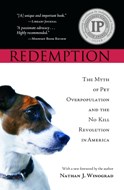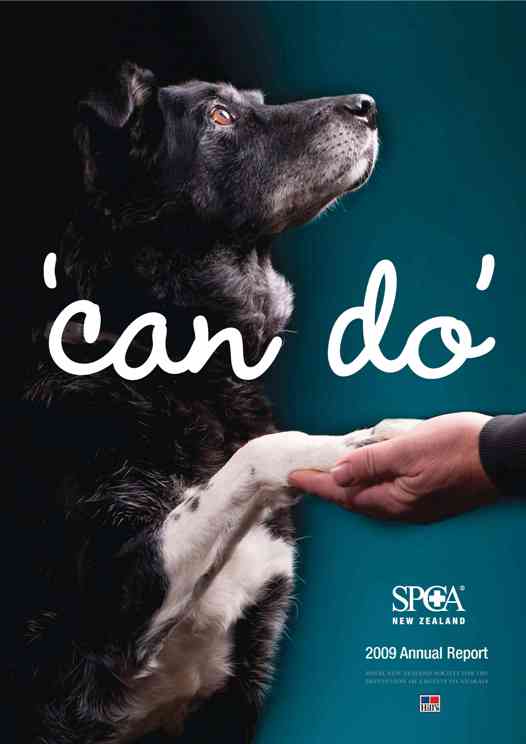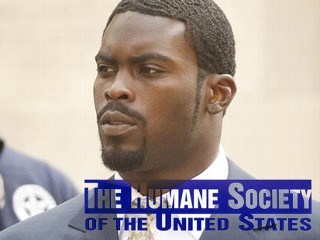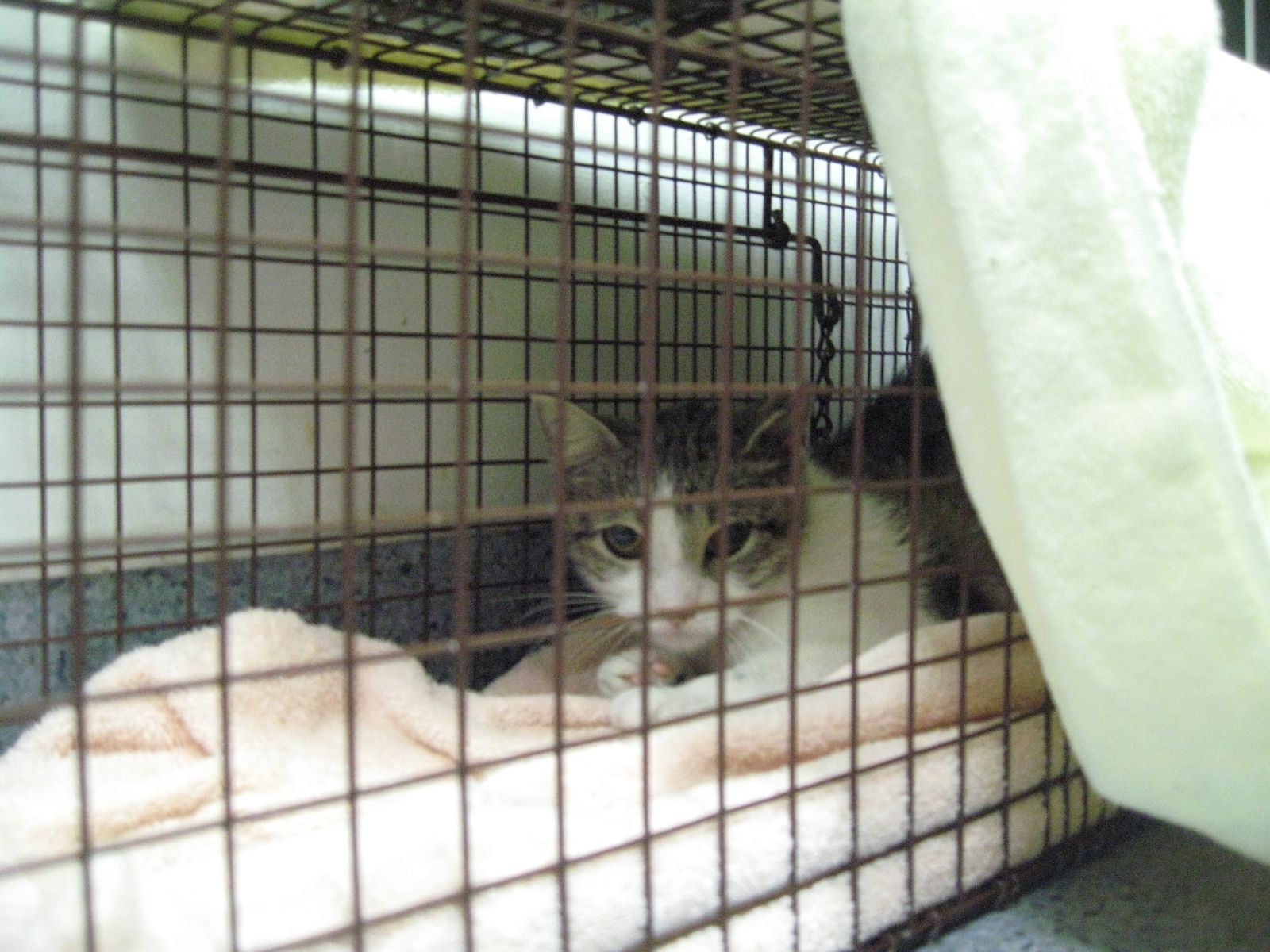The last decade has proved to be one of the more remarkable in the history of animal sheltering in the U.S., right up there with the period following Henry Bergh’s incorporation of the ASPCA. In fact, the last decade saw the No Kill philosophy, its realization, and its spread, solidify; ensuring its future hegemony over the entire nation. And the first year of this new decade is no exception: with both No Kill ambitions and No Kill achievements here at home (such as in Kentucky, Texas, Wisconsin and Minnesota), and across the globe, in Canada, New Zealand, and Australia.
We’ve learned we do not have an animal problem (too many for the too few homes), we have a people problem, but not all people. Specifically, people in shelters, best summarized by the last two paragraphs of my book, Redemption:
In the end, there may be an overpopulation problem in the United States, but it is not the one we traditionally define. What we are actually suffering from, what is actually killing a high number of animals, is an overpopulation of shelter directors mired in the failed philosophies of the past and complacent with the status quo. As a result, a culture of lifesaving is not possible without wholesale regime change in shelters and national animal protection groups. Consequently, the most important single act—and the crucial first step—in achieving a No Kill nation is firing the current leadership of shelters across the country.
In the final analysis, animals in shelters are not being killed because there are too many of them, because there are too few homes, or because the public is irresponsible. Animals in shelters are dying for primarily one reason—because people in shelters are killing them.
The killing is the fault of uncaring bureaucrats, lazy and inept shelter managers, and national organizations committed to ensuring that the killing paradigm is not upended. Right now, today, roughly 3,000 shelter directors, backed by their cronies at the ASPCA, the Humane Society of the United States, and PETA, are holding back the will of the American people. And no amount of spin, no amount of revisionist history, and no amount of trying to encourage through the “carrot” rather than the “stick” will change that unassailable fact. But there is no shortage of people trying. And, irrespective of whether their motivations are nefarious, benign, forgiving or strategic, they are not truthful. And the sooner we stop pretending otherwise, the sooner we can focus our efforts on overcoming what is really killing shelter animals. Two recent articles highlight this issue.
HSUS’ Legacy: Two Steps Forward, One Step Backward (and that is being generous)
Last week, while the Royal New Zealand SPCA announced it has formally embraced the No Kill Equation model of sheltering, as communities in New Zealand announced they have crossed the goal line, as communities in Wisconsin and Minnesota made formal announcements of achieving No Kill through the No Kill Equation model, as Duluth, MN announced it is very nearly there (88% rate of lifesaving and climbing), as several Canadian communities announced that they are aggressively moving in that direction (one community went from a 16% rate of lifesaving to 76% and climbing), as Australian communities have announced saving 100% of baby kittens, 93% of all dogs, and more, the Humane Society of the United States held its annual conference in Nashville, TN.
Aside from the main conference, which was largely business as usual, Maddie’s Fund held their second all-day workshop at Expo (though separate from the rest of the conference) on creating a No Kill community. They didn’t use that term, HSUS would not allow it (among other things), highly symbolic but perhaps a minor point. The workshop is a very welcome addition, as the people who attend Expo are the ones who need to hear the message the most. These are people who cheered and gave thunderous applause when HSUS’ resident expert on shelter killing announced—at Expo 2006—that shelters are “not killing” animals, that “they are ending their life, giving them a good death, humanely destroy—whatever” and then subsequently said since they are not killing, she “can’t stand the term No Kill shelter.”(Listen to the Orwellian rant—and the response to it—by clicking here.)
Progress? To be sure. To have Bonney Brown, Susanne Kogut, Mike Fry, and others provide living testaments to the ability to achieve No Kill and to do it overnight at HSUS Expo is a sign of the times. But to suggest, as the Richmond SPCA does, that groups like HSUS “have all embraced clearly articulated visions of adoption guarantee as the appropriate model for our nation’s communities and have committed to working for that outcome” and that Wayne Pacelle has “taken courageous steps to help push this issue as a part of a healthy national dialog and to make it safe for so many other organizations and communities to now embrace it” is simply indefensible. It is a lie. It is a lie to write that Ed Sayres and the ASPCA are doing this also. In killing Oreo and Max, in allowing young dogs to be killed, in trying to derail legislation that would create the infrastructure for a No Kill nation; he is actively fighting against it. Providing crumbs with one hand and taking them away with the other is hardly courage and it is hardly a “clearly articulated vision.” It is just that, crumbs. We’ll take them, but we shouldn’t celebrate the mediocrity, especially when we already hold the keys to ending the killing now and forever. And in many communities we have, despite Pacelle and Sayres, HSUS and ASPCA, denying that those communities even exist.
Neither Pacelle, nor Sayres, nor the respective organizations have ever articulated a vision in sheltering out of love of animals or a passion for saving lives. Any concessions—and that is what they are—have been the result of face saving necessity borne of public humiliation over their indefensible posturing in favor of killing. Pacelle has taken hits for supporting and lobbying for mass killing of dogs, of cats, for embracing the most notorious animal abuser of our time even while he lobbied to have the victims killed, and for stealing money from shelters and rescue groups through outright fraud in fundraising. He has no choice in the matter. No choice at all.
That Bonney Brown was able to present at a separate workshop held in conjunction with HSUS Expo that she turned her community right side up (in a community that the former director—a darling of HSUS and member of their national sheltering committee—said was impossible) is the very definition of poetic justice. That Mike Fry, who has two No Kill communities to his credit and who is an unapologetic champion of my work, was able to tell the truth at Expo is also a marvelous sign of the times. But “separate” is not equal, and more than that, not all of the workshop speakers were truthful.
In fact, one of the speakers at the workshop, the last of them, was Jane Hoffman of the Mayor’s Alliance for New York City animals. Besides admitting that even after six years and tens of millions of dollars, they are still failing by killing healthy animals, she told the assembled crowd they should not be made to feel guilty about killing healthy animals. Spit-take! Two steps forward, one giant step backward.
Even if a shelter manager or employee is going to ignore all evidence to the contrary in order to believe that pet overpopulation is real and insurmountable, even if they believe that no one will adopt animals, that they have no choice but to kill them, the very least they could do is feel bad about it. They are, after all, robbing an animal of his or her only life. All the animals have—their very lives—prematurely taken away. If they don’t feel guilty, they should not be working in a shelter, because to kill healthy animals without remorse, is to be cavalier and unfeeling. It is to be a butcher. But that is the message Hoffman was giving them. No remorse. No guilt. Self-medicating absolution for her efforts to undermine Oreo’s Law; to back the ASPCA even when they needlessly kill animals, allow animals to go hungry, allow puppies they are responsible for to be killed, abuse animals in their custody and then try to cover it up, and allow NYC shelters to kill healthy animals, because they write the checks to Hoffman’s group; and for her own failures to achieve No Kill despite tens of millions of dollars and a shelter system with some of the lowest per capita intake rates in the nation and the highest potential adopter base (8 million people).
In the end, the separate, day-long workshop was not the result of a clearly articulated vision of HSUS, courageous leadership on the part of Pacelle, or anything of the sort. It was forced upon Pacelle and HSUS, and while that is “progress,” it is a baby step when we could be at a full sprint; and even that step is undermined every time Pacelle backs killing, as he routinely does and did at the very same Expo. One of his experts and presenters in Nashville was from Multnomah County Animal Services. Under current leadership at MCAS, fewer animals are going home alive than before. The trend is to more killing, not less. And the trend is to greater punitive enforcement, rather than community-based programs intended to make it easy for people to do the right thing—exactly the opposite of what is needed to save lives. In other words, while Brown, Fry, and others were trying to build a bridge to the future, people like Hoffman and the leadership at MCAS dug trenches to the past. And it is costing animals their lives.
Ironically, I use MCAS as a case-study in my presentations on how shelters misuse temperament testing to justify killing healthy, friendly dogs and make it appear that they are doing a better job than they are. Here is just one example: A 35 pound puppy was evaluated by MCAS staff. According to their own reports, the puppy performed as a puppy should:
- Kennel Presentation: “Easy to leash from kennel doorway” “whole rear end wagging”
- Collar Put On: “Gets excited/playful”
- Entering Stranger: “Readily approaches everyone with [friendliness]”
- Handler: “Readily approaches everyone with [friendless]”
- Pet Back: “No guarding seen”
- Ears/Cheeks: “No guarding seen”
- Remove Bowl: “No guarding seen”
- Tail Stroke: “Mouthiness” “Whirl”
- Pick up Two Paws: “Mouthiness”
- Teeth Exam: “Allows exam”
- Hug: “Allows exam” “Interested in attention”
All those results are consistent with normal puppy behavior. This is a clearly a little fellow who loves people, is friendly and eager to please, and as Cyndi Lauper once sang, just wants to have fun. But the puppy was killed for being “vicious.” And it was not an isolated incident. Can you guess what breed the puppy was identified as? These are predetermined conclusions which have led to a rapidly expanding killing rate for these dogs, even while they tell the public the animals are “unadoptable.”
When these facts were brought to the attention of HSUS prior to Expo by Portland rescuers and No Kill advocates, HSUS threw the full weight of their support behind the shelter. John Snyder, a former kill shelter director himself who is now in charge of companion animal programs at HSUS, wrote them back saying that MCAS had HSUS’ unqualified endorsement. The American people and the animals deserve more from the nation’s largest, wealthiest, and arguably, most influential animal protection organization. But they are not getting it, despite the Richmond SPCA’s fantastical view to the contrary.
PETA’s Three Kinds of Lies: Lies, Damn Lies, and Statistics
The Animal Rights movement deserves better, too. At its core, the movement for animal rights is based on the principal that animals have a right to live and that we give it expression through laws to promote and protect that right. But you wouldn’t know it by listening to PETA. The largest “animal rights” group believes that people have a right to kill animals. As such, they have more in common with the industry groups they claim to be fighting than they admit. And they certainly practice what they preach with a relish unmatched except by the slaughterhouse industry. Last year, they killed 97% of all animals they sought out, the year before it was 96%, and the year before that, 91%. In 2009, less than ½ of 1% of the animals at PETA were adopted. They kill healthy, adoptable animals. They advocate for the mass slaughter of dogs someone says looks like pit bulls. They advocate for the mass killing of free living unsocialized cats. They routinely defend some of the most abusive and draconian shelters in the nation. And they even support breed bans in communities that turn around and forcibly take family pets, and then sell them for animal research. They are, quite simply, the worst of the worst.
They lie to people saying all the animals they kill are irremediably suffering or hopelessly ill. They lie to people by saying that breed bans and rounding up and killing free roaming cats are both necessary and proper. And they claim the animals want to die—that killing them is a “gift.” And then they lie to people through manipulative use of statistics to claim that animals in pounds are being killed because there are too few homes for them.
Actually, by PETA’s own data, there are plenty of homes for shelter animals. In a newly released May 2010 report, PETA says that 8 million animals enter shelters and of these, half are already being saved through a combination of adoption and reclaim. That leaves, by their own admission, “3 to 4 million cats and dogs” being killed, many of them healthy. But the conclusion they reach that they are being killed “because there simply aren’t enough good homes for them” is a fabrication. Moreover, the reality is that the number is closer to, and even well below, the low end of 3 million.
If shelters did a better job returning lost animals home, they could, for example, increase the percentage of dog reclaims from an average of about 25% to 60%. If shelters ignored PETA’s anti-TNR policy, they could release these cats to their habitat, rather than kill them. If they had pet retention programs to help people overcome the behavior, medical, and environmental conditions which cause them to surrender animals, they could reduce by as much as 30% the number of animals coming in to the shelter. If they utilized foster care programs, they wouldn’t kill the underaged animals entering their facility. And if they had good customer service, employed basic marketing principles, and comprehensively implemented an adoption program, they’d have little trouble finding homes for the 2 to 3 million animals being killed in U.S. pounds and shelters who need adoption. That’s potentially 2 million dogs and cats competing for the 17 million people who are looking to bring a new dog or cat into their homes, have not decided where that animal will come from, and can be influenced to adopt from a shelter.
So, once again, animals are being killed in shelters not because of pet overpopulation, but because people in shelters—and butchers like Newkirk—are killing them. But too many people and organizations such as Pacelle and Sayres, HSUS and the ASPCA, who should know better are still speaking PETA’s dead language of pet overpopulation, giving Newkirk and shelter directors across the country the excuse and political cover they need to kill. And they are using it today. They are telling people not to feel guilty about killing healthy animals. And they are writing 10 year plans for what should occur overnight, as it has in communities across the globe.
An Absence of National Leadership
Right now, neither HSUS or the ASPCA has taken a true and comprehensive leadership position on creating a No Kill nation. We best serve the animals by holding them accountable, not by whitewashing the truth in the hopes that they can be gradually influenced in a more life affirming direction through carrots. History proves the latter view wrong, as every gain in this movement, has been fiercely fought for and hard won. But even if people or organizations believe the carrot is better than the stick, it does not warrant misrepresentations of whom and what Ed Sayres and Wayne Pacelle, the ASPCA and HSUS, truly stand for. And what they stand for, pure and simple, is death. There is no courage in that. It is, in fact, the coward’s way, a refusal to stand up for what is right, because they don’t care enough about the animals to do what is in their power to do: demand an immediate end to the whole bloody mess.
It is the rot at the heart of the animal protection movement, and no amount of spin, sanitizer or perfume can eliminate the stink. It must be cut out and discarded. By calling them visionaries, we only embolden them. The end result is both a tragic embrace of incrementalism that needlessly increases the body count of dead animals; and cooption of the language of No Kill, which they then turn around and willfully use to undermine it.
We can end the killing and we can do it today. But that requires leadership, which neither is willing to provide. Their size, their wealth, their influence could be a game changer for the animals. But aside from a few crumbs, neither is offering it. In fact, what they offer with one hand, they take away with the other. Tell the animals needlessly ending up in landfills that these groups are courageous and visionary. And it will literally, very literally and tragically, fall on deaf—indeed, dead—ears.








